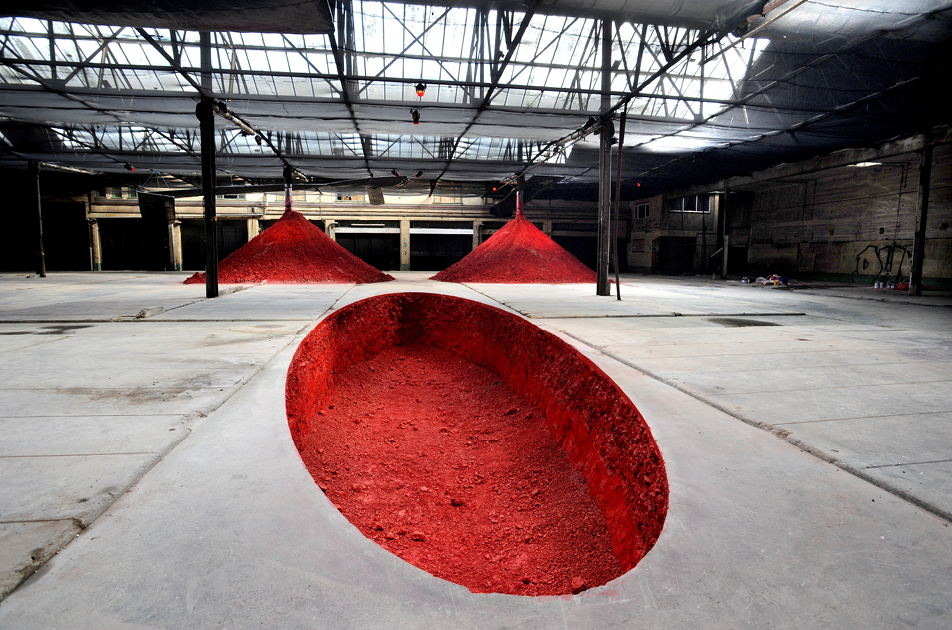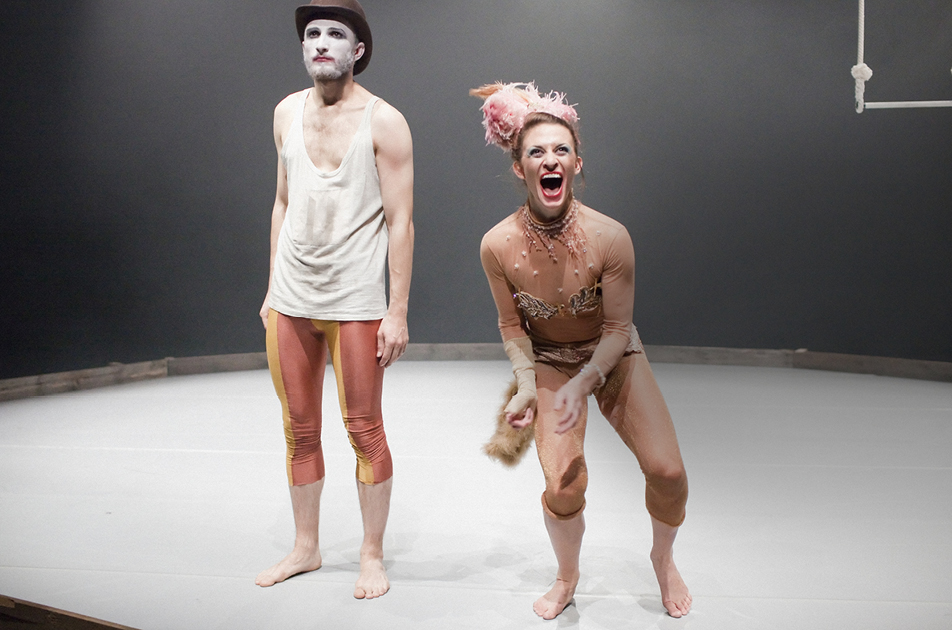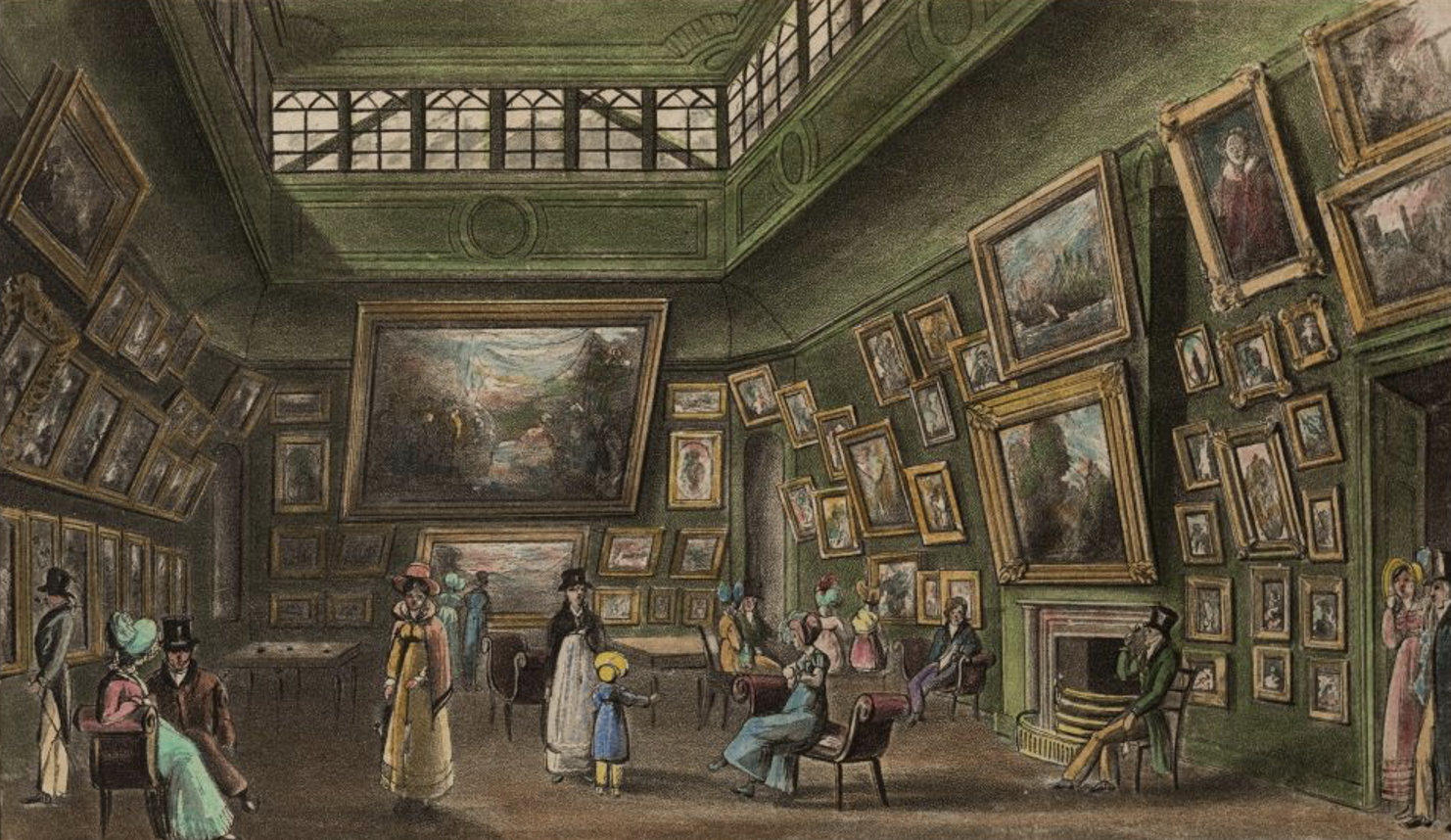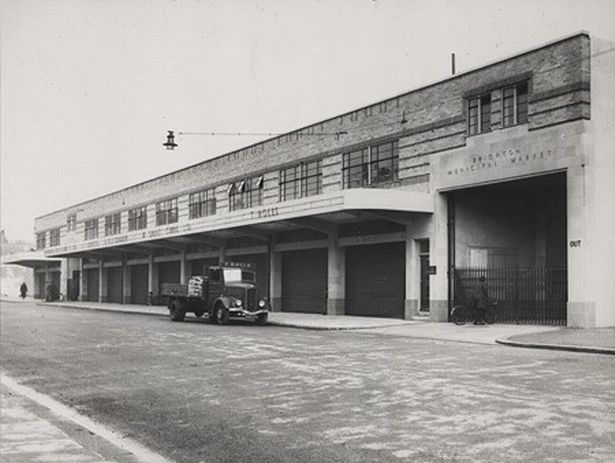THE HOME OF
BRIGHTON’S BRIGHTEST
From a derelict food market to a marketplace for new ideas,
Circus Street comes to life once more as the home for
Brighton’s Brightest.
Dynamic workspace, cafès, open spaces and Brighton’s only
dedicated building for dance, this is a place to come and experience
Brighton at its most weird, wonderful, vibrant and alive.
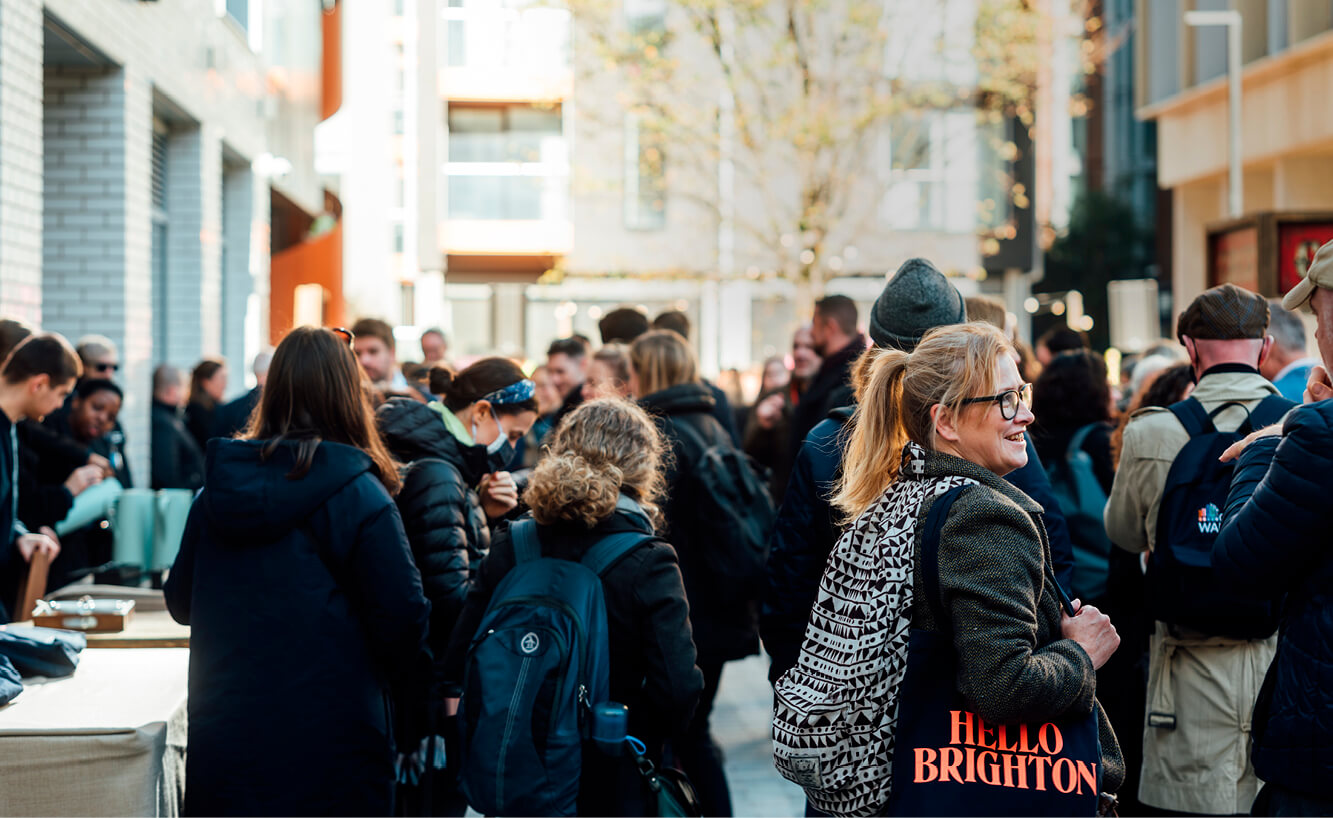
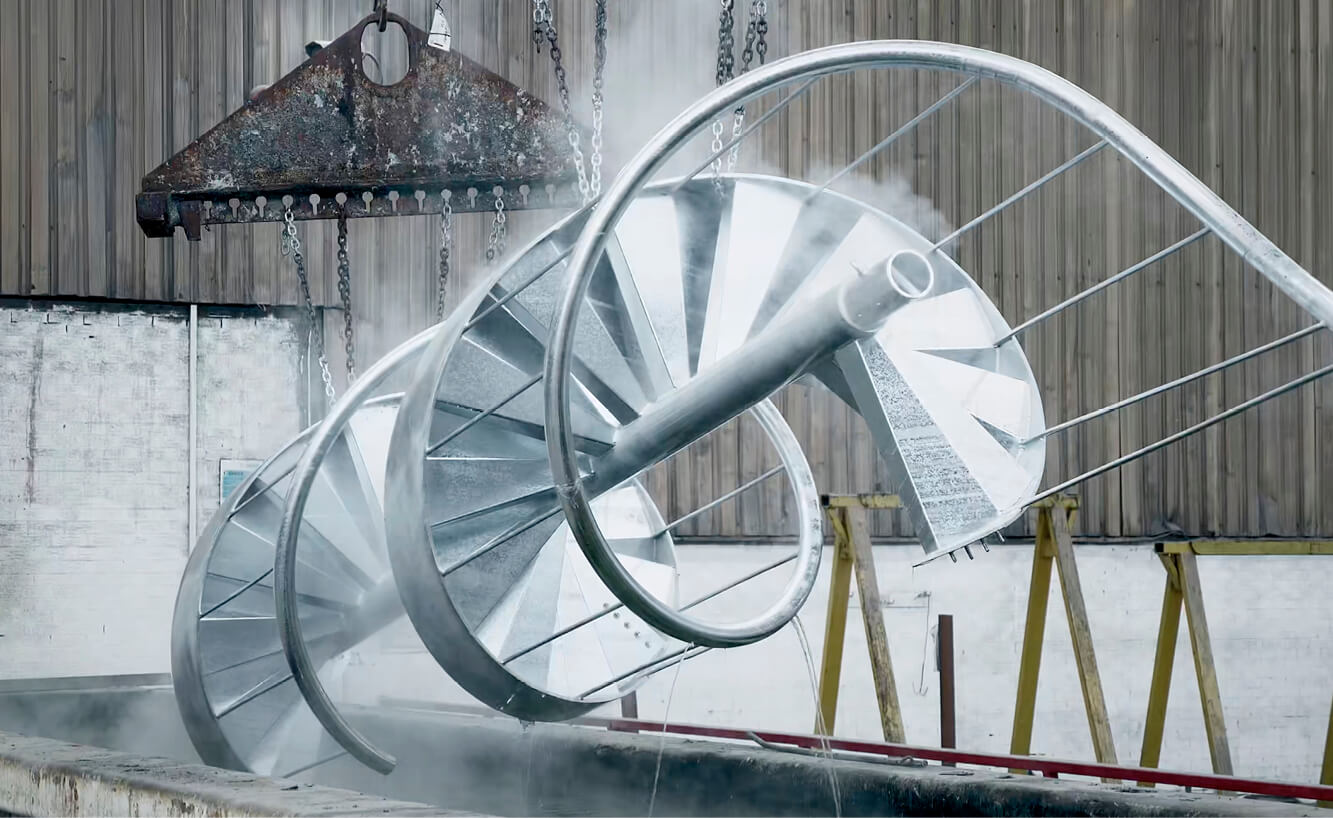
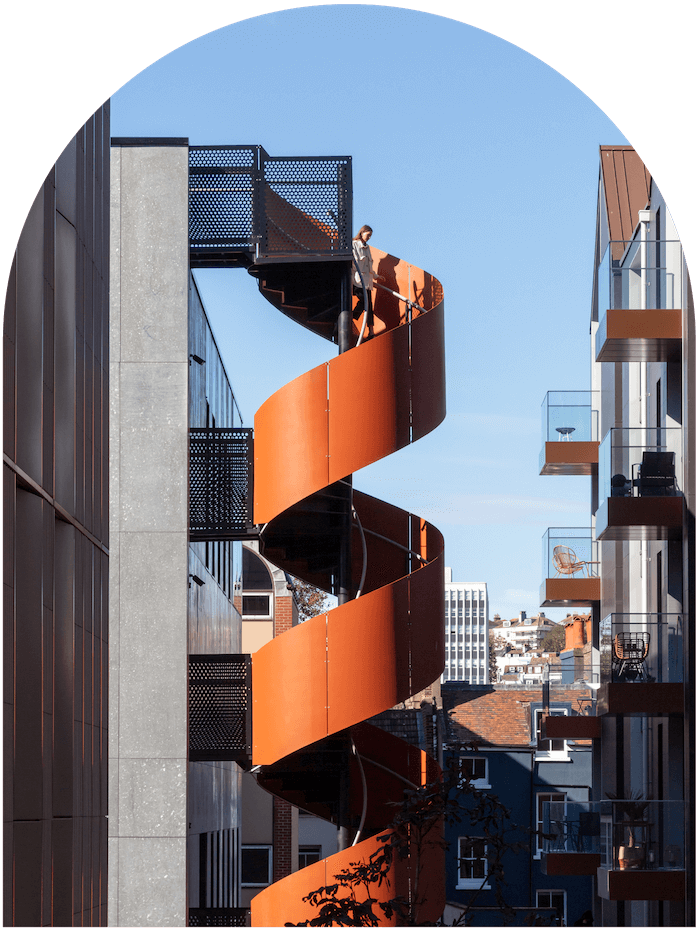
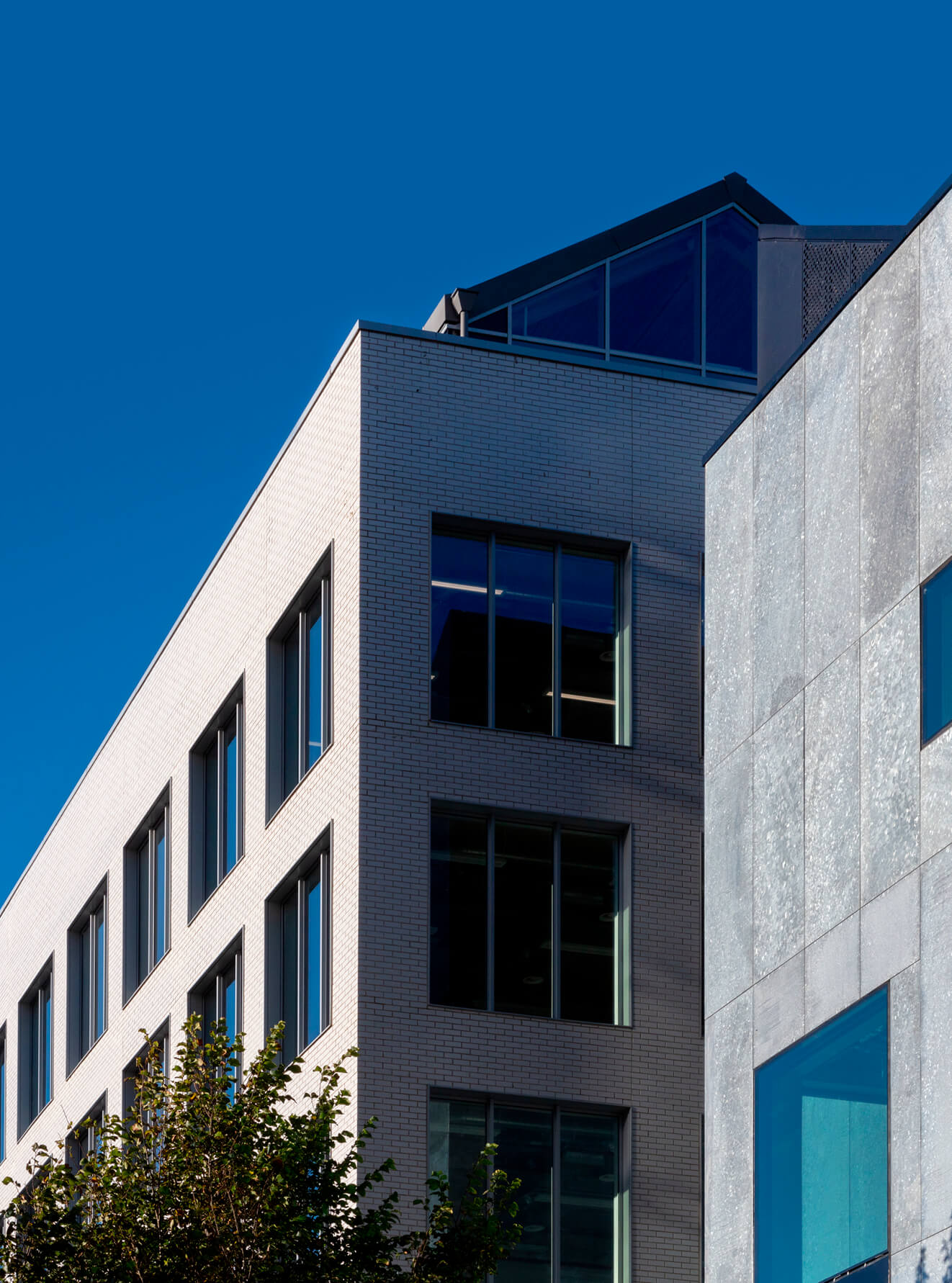

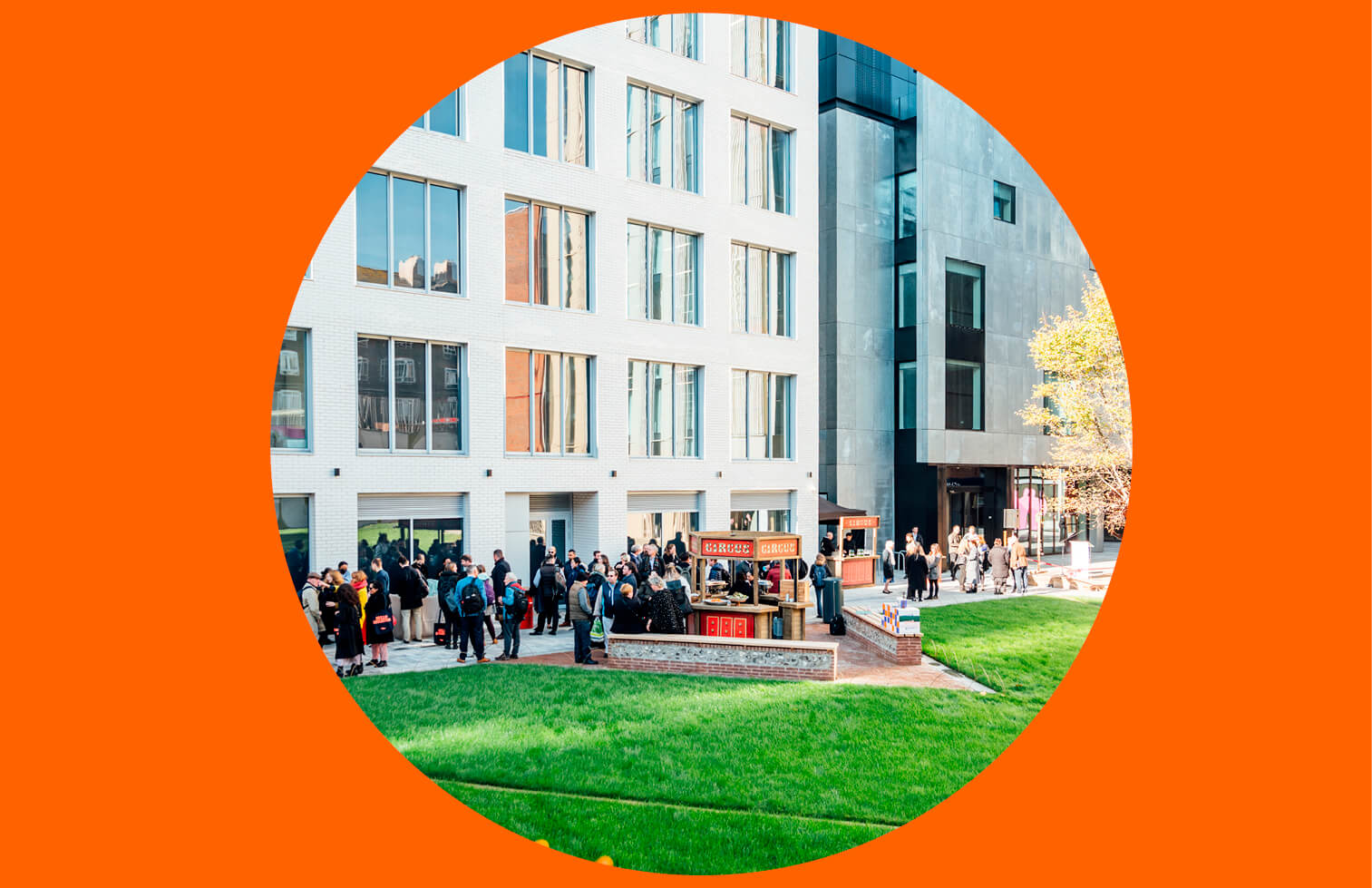
BACK TO LIFE AND
BRIGHTER THAN EVER
Semi-derelict since 2005, the former municipal fruit and
veg market building sprang back into life in 2013, becoming
an expansive events space, hosting over 100,000 people
across 90 different events, from Anish Kapoor at Brighton
festival, to the University of Brighton graduates show.
Behind this whole process was real and tangible community
engagement, without which none of our work would
have been possible.
CALLING ON
200 YEARS
OF HISTORY
First an amphitheatre & riding school, to a ‘beautiful
and splendid cabinet of the arts’, to a thriving municipal
market, Circus Street has been at the beating heart of
Brighton for over 200 years.
